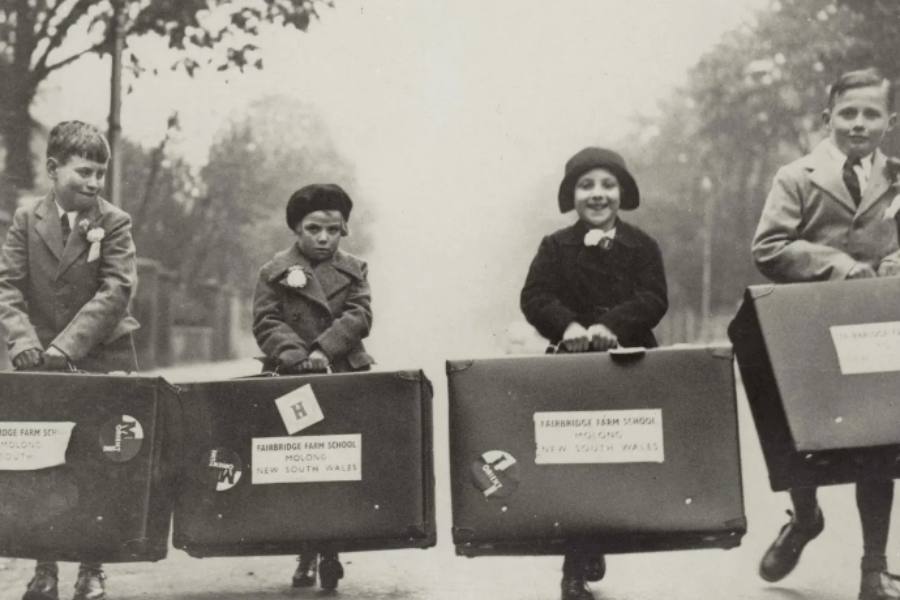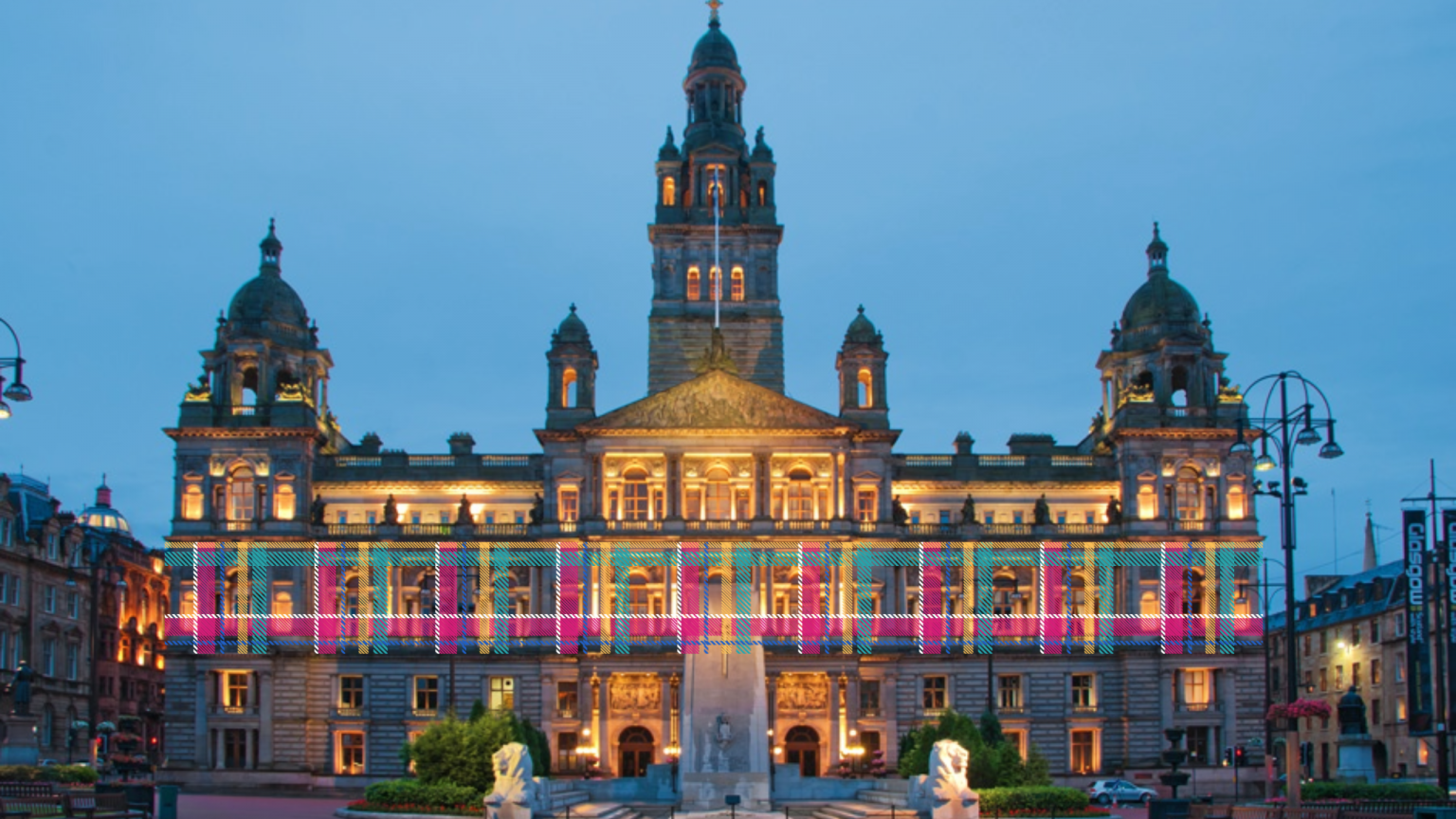The Australian Senate estimated that in the twentieth century alone upwards of 500,000 Australians experienced care. Included in the 500,000 are 450,000 Australian-born, non-Indigenous children, 30,000-50,000 Indigenous children from the Stolen Generations, and 7000 former child migrants from Britain, Ireland and Malta.
Prior to colonisation, Aboriginal children were at the centre of social structures, and an extensive kinship network meant that there was no need for a formal care system.
The beginnings of a formal care system in Australia are found in the early period of Australian settlement. Colonial governments paradoxically viewed children in need of ‘care’ as both at risk and posing a risk to society. The concern about destitute children in public spaces and about the presence of children in prisons lead to the development of child-specific institutions in the nineteenth century.
The focus was not on the quality of the ‘care’ for children but the ‘outcome’. In other words, their primary aim was to produce industrious members of society. But industrial schools did not make children industrious. Rather, they were plagued by disease and disorder.
Many of the earliest inquiries into out-of-home care recommended boarding-out children to live with ‘respectable’ working class families, preferably in rural areas. Boarding-out, they hoped, would shape children into hard-working ‘productive’ citizens. It was also cheaper. Economy drove much of the early development of the ‘care’ system.
The preference for institutional care or foster care fluctuated across time and place in Australia. In the period of 1850-1890, most children were placed into institutional care. This period witnessed the development of child neglect legislation and the establishment of reformatory and industrial schools, marking the beginning of increasing state responsibility in child welfare.
Between 1870 and World War One, foster care emerged as the preferred mode of care for the majority of children under government guardianship. The interwar years witnessed a shortage of available foster carers. As a result, more children were placed in institutional care. Large institutions began to close their doors in the 1970s, and by the 1980s, foster care was, once again, where most children were placed.
While non-Indigenous children were fostered, Indigenous children were institutionalised. Indigenous children have been forcibly removed from their families and communities since the beginning of the European occupation of Australia.
Under the guise of ‘protection’, governments and missionaries removed Indigenous children from their families. By using ‘protectionism’ legislation, government officials could simply order the removal of Indigenous children with no need to evidence neglect in court.
By 1911 the Northern Territory and every state except Tasmania had ‘protectionist legislation’ which subjected Indigenous people to near-total control of their lives, including the right to marry and employment.
New South Wales was the first jurisdiction to reshape its Indigenous child welfare system. After 1940, the removal of Indigenous children was carried out under child welfare law. Under child welfare legislation, children had to be found to be ‘neglected’, ‘destitute’ or ‘uncontrollable’. Each of these terms were applied by courts much more readily to Indigenous children.
Other jurisdictions followed New South Wales later in the 1940s. Those same individuals who had previously removed children from their families simply for being Aboriginal now did so just as readily under the guise of child welfare.
During the 1950s and 1960s, an even greater number of Indigenous children were taken far away from their families to be schooled or to be adopted at birth. As institutions became increasingly overcrowded, many Indigenous children were placed with non-Indigenous foster families who denied or disparaged their identity.
Following extensive lobbying from Aboriginal organisations, an inquiry into the separation of Aboriginal and Torres Strait Islander children from their families was established in 1995. In 1997, the 680-page report Bringing Them Home was tabled in Federal Parliament. Former Prime Minister John Howard issued a statement of regret but refused to issue a formal apology. On 13 February 2008, former Prime Minister Kevin Rudd tabled a formal apology which was passed unanimously.
Inquiries into institutions providing ‘care’ for children date back to the mid nineteenth century. Until the 1990s, however, those inquiries did not hear the testimony of survivors.
Lobbying by survivor groups has led to public inquiries into historical child abuse in Australia. In 2001, Lost Innocents: Righting the Record – Report on Child Migration was published, and in response to the successful urging of the Care Leavers Australia Network, it was followed in 2004 by the Forgotten Australian report. On 16 November 2009, Prime Minister of Australia, Kevin Rudd apologised on behalf of the government of Australia.
The Royal Commission into institutional Responses to Child Sexual Abuse (2013-2017) is the largest royal commission in Australia’s history. This Inquiry includes two volumes specifically on children in Out of Home Care – Volume 11 about children in residential institutions up to 1990, and Volume 12 on the situation for children in the contemporary system.







